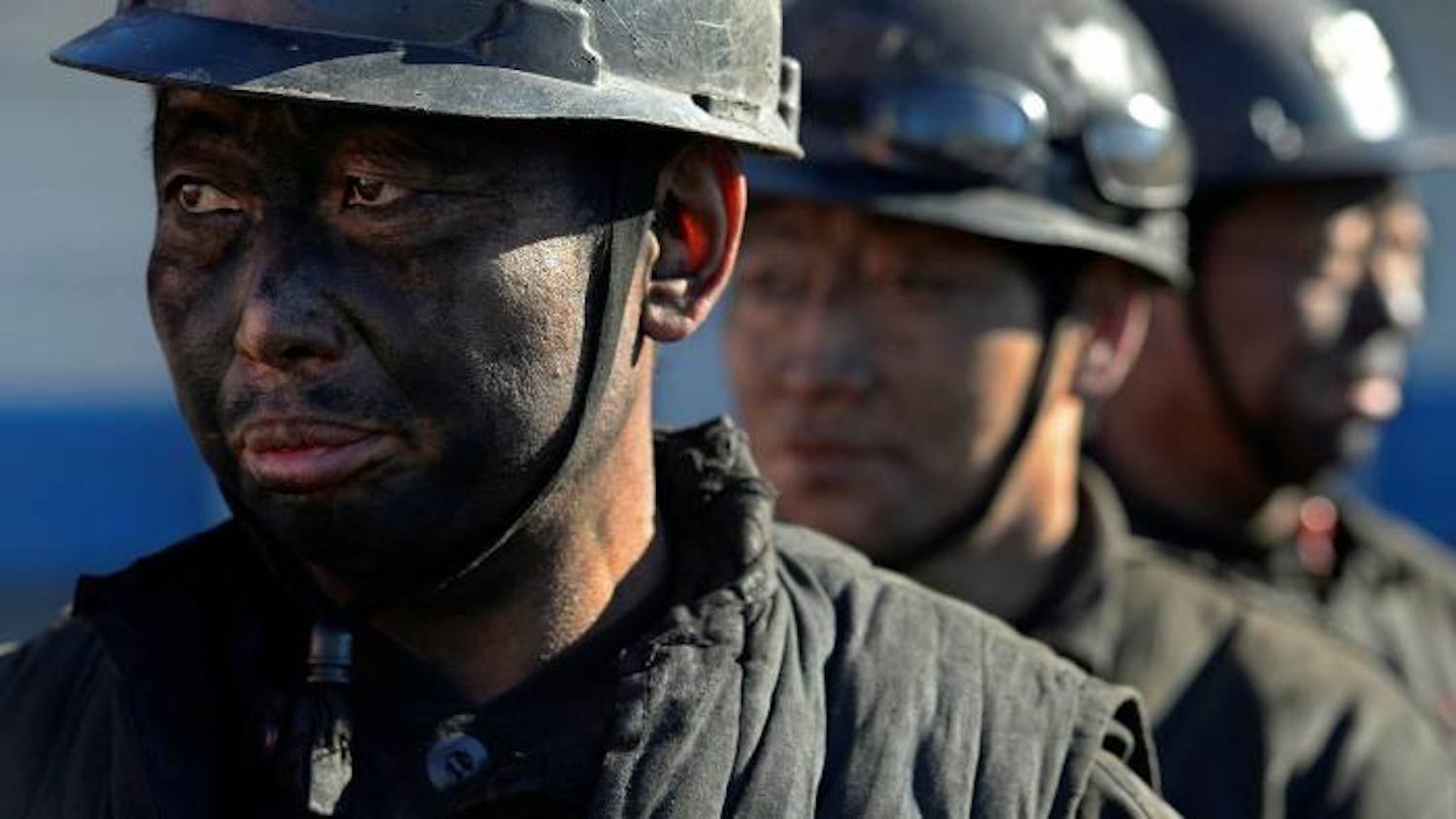(ATF) China’s state-owned enterprise (SOE) regulator has helped turned around more than 2,000 loss-making “zombie” companies, according to its deputy head, even as the country faces a spate of corporate bond defaults and rising debts.
Weng Jieming, vice-chairman of the State-owned Assets Supervision and Administration Commission (Sasac), said in an interview published on the regulator’s website that 2,041 “zombie” SOEs – those suffering from “extreme hardship” – had cleared their operational losses.
Weng said nearly 5,000 professional managers had been brought in to restructure the ailing companies, which involved reducing overall head-counts and trimming management layers.
Another 700 companies had been wound down, while 800,000 employees had been redeployed, he added. Weng said Sasac would urge SOEs to consolidate this progress and avoid a relapse into loss-making.
“The SOE sector is known to be significantly leveraged with a number of less performing companies typically with low productivity,” says Sébastien Galy, macro strategist at the Nordea bank in Luxembourg.
Change of policy
In the past, loss-making SOEs were bailed out. “While an intervention would be welcomed, it would likely mean issuing far more debt,” says Galy, adding that Beijing’s attitude towards poorly performing SOEs has hardened in recent years.
That change was underscored with the default in November of Yongcheng Coal and Electricity Holding, once one of China’s most prominent energy companies. When Yongcheng defaulted on bonds worth 3 billion yuan ($460 million), it kicked off a spate of defaults at other local government-controlled businesses. “The illusion that SOEs had an implicit guarantee from the government has been shattered,” says Galy.
Separately, Sasac announced on December 29 the establishment of a national fund to facilitate Beijing’s “mixed-ownership” reform of its SOEs. The route to mixed-ownership has five possible paths: restructuring, public listings, employee stock ownership Plan, investment funds, and strategic investors.
With a total of 200 billion yuan, the fund was jointly established by Sasac and China Chengtong Holdings Group, a centrally administrated platform to expand investment channels for SOEs.
The fund will focus on strategic industries, scientific and technological innovation, and key industrial chains. “It is to improve the operating efficiency of state-owned capital and boost the vitality of all market entities,” Sasac said.
























